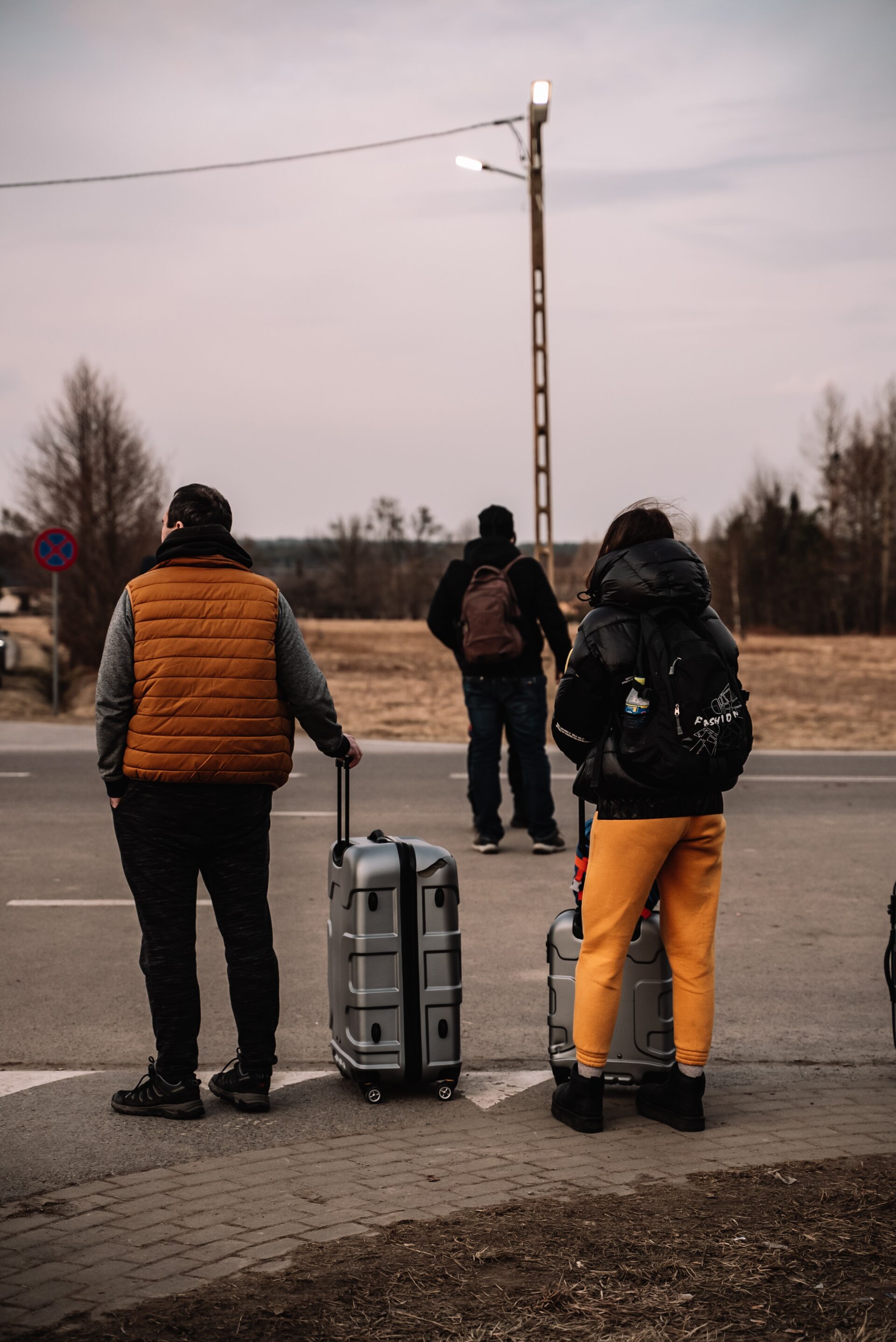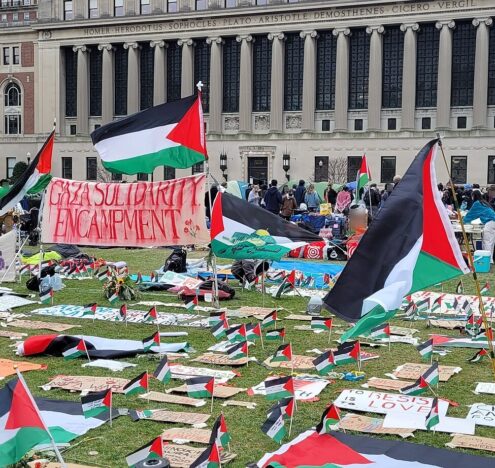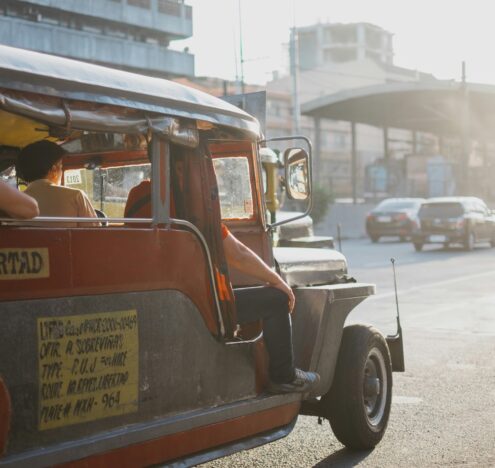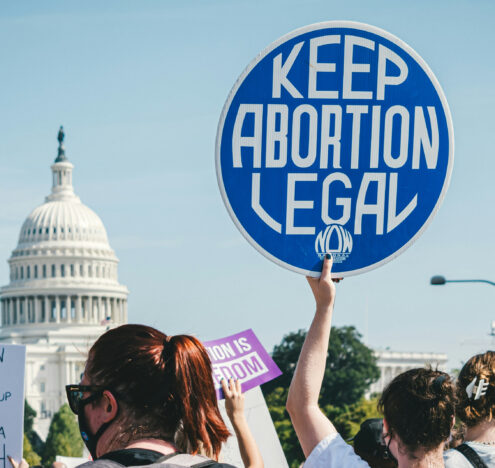For as long as anyone can remember, there has been war. People who take up arms against their supposed enemy, no matter who that may be. And just as assuredly as people and nations will gather their arms, there will be people who flee the violence and oncoming destruction.
Recently, the war in Ukraine has sparked the largest refugee movement in Europe since World War II. Violent conflict in Sudan, Myanmar, Ethiopia, and countless other countries has triggered migration on nearly every continent. Yet, our response to this avoidable reality is woefully inadequate.
Conflict prevention programs are severely under-resourced, reducing our ability to reduce one of the largest drivers of displacement. US refugee assistance programs remain underfunded, creating more challenges for processing, resettling, and providing adequate care for those who make it through our antiquated system. And all the while, US lawmakers are assaulting basic humanitarian protection programs, like asylum, by proposing laws that violate our core values and basic human rights.
But it does not need to be this way.
The United Nations established World Refugee Day — June 20 — to honor the resilience and many contributions of the tens of millions of people who have been forced to flee their homes in search of refuge. The UN Refugee Agency estimates 108.4 million displaced people across the globe at the end of 2022. That is roughly the population of California, Texas, Florida, and New York combined. Of them, 35.3 million are classified as refugees and 1.5 million need resettlement, while fewer than 1% are likely to be resettled to a third country.
We can change this here in the United States. If we care to.
War is far and away the largest driver of refugees worldwide. While many leave their homes to seek economic stability, a refugee is a person forced to flee their country due to persecution or the genuine fear of persecution. Countless others who may not risk persecution desperately migrate to escape for any number of other reasons. In fact, according to the Brown University Costs of War Project, the post-9/11 counterterrorism wars alone have created more than 38 million displaced people. This is a conservative estimate, yet it exceeds those displaced by every war since 1900, excluding World War II. While some 26 million have been able to return home, they bring with them the trauma of war.
US refugee assistance programs remain underfunded, creating more challenges for processing, resettling, and providing adequate care for those who make it through our antiquated system. And all the while, US lawmakers are assaulting basic humanitarian protection programs, like asylum, by proposing laws that violate our core values and basic human rights.
What should be obvious to US and global leadership is preventing violent conflict helps prevent the forced migration at issue. And in no small part the massive human suffering that comes with it. The UN High Commissioner for Refugee’s estimates for displacement in 2023 are only escalating, due to persecution, conflict, violence, and other traumatic events seriously disturbing public order.
Preventing violent conflict is not a pipe dream either. It is our current reality. The Institute of Economics and Peace (IEP) has demonstrated successful results from nonviolent conflict prevention and peacebuilding programs across several countries and continents. Rwanda, Sierra Leone, Liberia, Peru, the Gambia, and Cote d’Ivoire all show positive results and are trending in the right direction based on the IEP’s positive peace model. For example, the Gambia saw rapid improvement in positive peace following its 2017 presidential election, which saw the country rise 35 places in IEP’s Global Peace Index in a single year, and by 2018 it was among the 15 most peaceful countries in sub-Saharan Africa. By 2022, it ranked the third most peaceful country in sub-Saharan Africa, and 45th globally. Clearly, progress is neither linear nor perfect. But peacebuilding and conflict prevention can reduce the long-term human and economic toll of conflict.
Lastly, we must acknowledge that refugees go hand-in-hand with war and violent conflict. To take account of this unavoidable reality, the United States must revitalize our refugee support programs. Specifically, establish a minimum refugee admission threshold to 125,000 annually, fully fund US migration and refugee assistance and international disaster assistance programs, and dramatically increase global commitment to address the challenges of violent conflict and all other drivers of displacement.
World Refugee Day is this week. But let’s not make it a one-off.
We must work to address the root causes of displacement and work in solidarity with refugees every day. We won’t create strong systems of care overnight. However, we must remain faithful to creating humane reforms. It is not only the right thing to do, it will uphold the ideal values we assert as a nation. And it will help nothing if we take the easy way out and turn a cold shoulder to those in need.





















